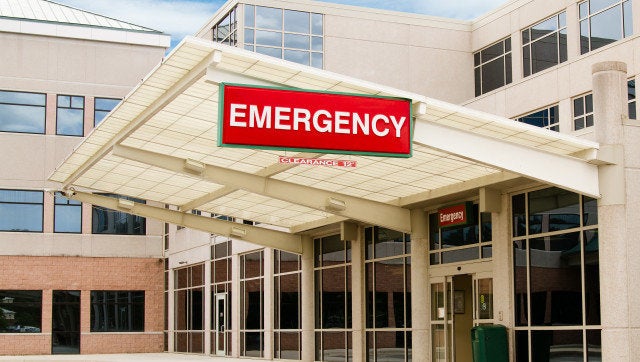
The Waiting Room is a punch to the gut, an unblinking gaze at the real lives of people cast off and left out of the medical system in the U.S. Shot in cinema verité style, the film takes place entirely in the emergency room at Oakland's Highland Hospital. Receiving more than 250 patients a day, this ER handles everything from sore throats to gunshot wounds.
What is remarkable about the film is the absolute dedication and engagement of the staff, the love and determination of the patients, and the dogged way that all of these people, left out at the bottom of the health care system, create community across the vast diversity that is Oakland. When the Democrats and Republicans vie for the votes of the "middle class," these are not the people they are talking about. When the health care debate rages across the land, no one even notices the plight of those at the bottom. This is the ugly underside.
And yet you can't help wishing that some of these politicians and billionaires who set the agenda would look at this documentary. These are the 47 percent -- the ones who have worked all their lives and are now being tossed out. These are the 99 percent, the people left out of the American Dream. Yet the dignity, and yes the worthiness, of each patient is there to see in full color.
Among the many principal characters in the film, a few really jump out. First and foremost is triage nurse Cynthia Johnson. This middle-aged African American woman with the red-framed glasses and momma voice manages to calm down the distressed, shame the profane, and fight for the medical rights of each person.
My other favorite was Davelo Lujuan, a hard-working contractor who has been laying rug for almost 30 years. He has been losing work and income lately, is facing foreclosure on his house, is supporting a daughter and grandchild, and has zero money in the bank and $80 in his pocket. He has come in for treatment for debilitating bone spurs on his spine that put him in deep pain and make it almost impossible to work. There will be no operation for Davelo, only pain meds. He has no real way out. He jokes, "I did just buy a lottery ticket."
Stories like this are much more the daily grind in the ER. But twice the narrative is interrupted by the arrival of an ambulance with young black men, gunshot victims of the ongoing fratricidal war in the poor communities. In one case, multiple wounded victims are saved. In another, a 15-year-old dies. We watch the young doctor, facing his first fatality, getting prepped on how to talk to the family. "Don't say he passed on; don't say he went to a better place. You have to say he died, use the word died, or they won't really hear you."
It is criminal that people are forced to live this way. And it is criminal that safety nets like these are facing cuts every year. But it is quite beautiful that Peter Nicks has made this movie. And it restores one's faith in humanity to be allowed to see the actors in this lower rung of society working so hard, with such a sense of community, to provide some dignity and hope.
For more by Rick Ayers, click here.
For more health news, click here.